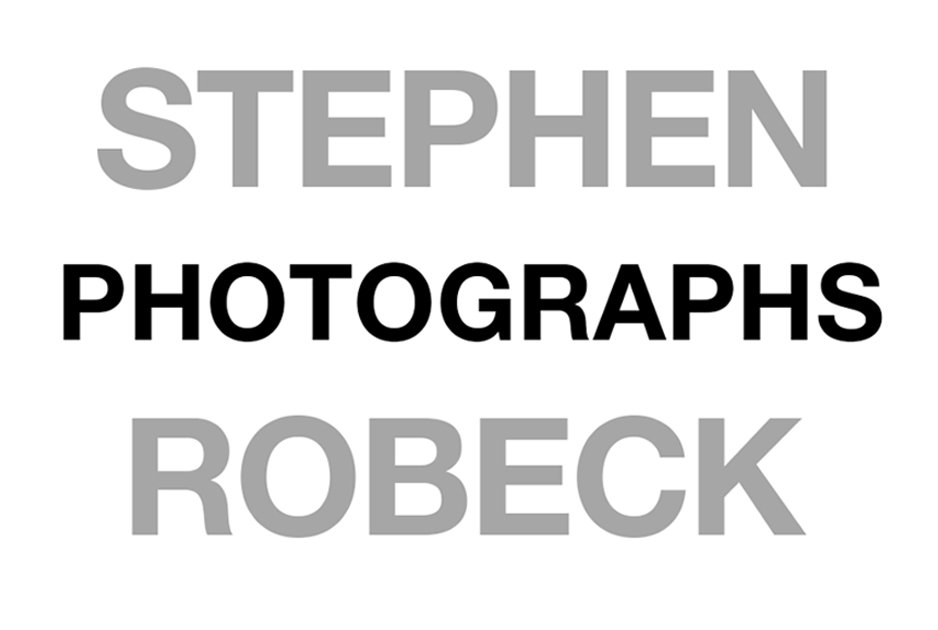What About Gallery Wraps and Metal Prints?
NOTE: This post was originally part of the "About" section of my website.
With gallery wraps, a photograph is printed on canvas and then stretched around stretcher bars as if it were a painting. As you'd expect, the canvas has a more visible texture than most papers used for fine-art printing. Often the edges of the photograph are allowed to “bleed” and be visible on the sides of the stretcher bars, like the thumbnail image on the previous page. I think it looks odd when part of an image is used to cover the edges of the work as if it were extraneous (one man’s opinion).
The resulting canvas may be mounted in a float frame similar to those I use, but often is simply hung on the wall with no frame at all. Some say gallery wraps give images a "painterly" look, but the term refers more to visible brushstrokes in paintings, like those of van Gogh. So I think the metaphor is about the fact that people readily associate "stretched canvas" with paintings, regardless of the image. In a way, gallery wraps are intended to make a photograph look like something it isn’t. But as I've said, it's a viable alternative to classic mat-and-glass framing.
The metal look is interesting as a minimalist, contemporary print/mount medium. Metal prints are widely available and fairly cost effective as lab prices have become very competitive. Also there's no additional cost for mats, glass or frames. Metal prints usually have cleats adhered to the back which are used to hang the print and let it "float" off the wall. Sometimes holes are drilled in the aluminum (and the image) for mounting studs like those often used to mount mirrors, a more industrial look. Corners are usually rounded. There are different surface finishes offered for metal prints, but most have a shiny, metallic look like the example above. This can look good with some images, but lighting is important as they are reflective.
Here are a few other things to keep in mind about gallery wraps and metal prints:
- In virtually all cases they're inkjet prints (see my blog post "What is Giclée" for the real story), usually made in the same printers used by most photographers to print on fine-art paper.
- To receive the printing inks, sheets of aluminum or canvas are coated with an emulsion, much like those applied to printing papers.
- Like any photograph mounted without glass, canvas and metal prints need to be protected from UV light, atmospheric contaminants and abrasion with one of the many available surface coatings.
So, both of these printing and mounting techniques are all about the look. Otherwise they're just digital photographic prints. My personal view is that most images benefit from being isolated or contained a little, set apart from the wall they’re on. Even with only a narrow-profile float frame, I think an image is presented a little more formally, with more focus.

